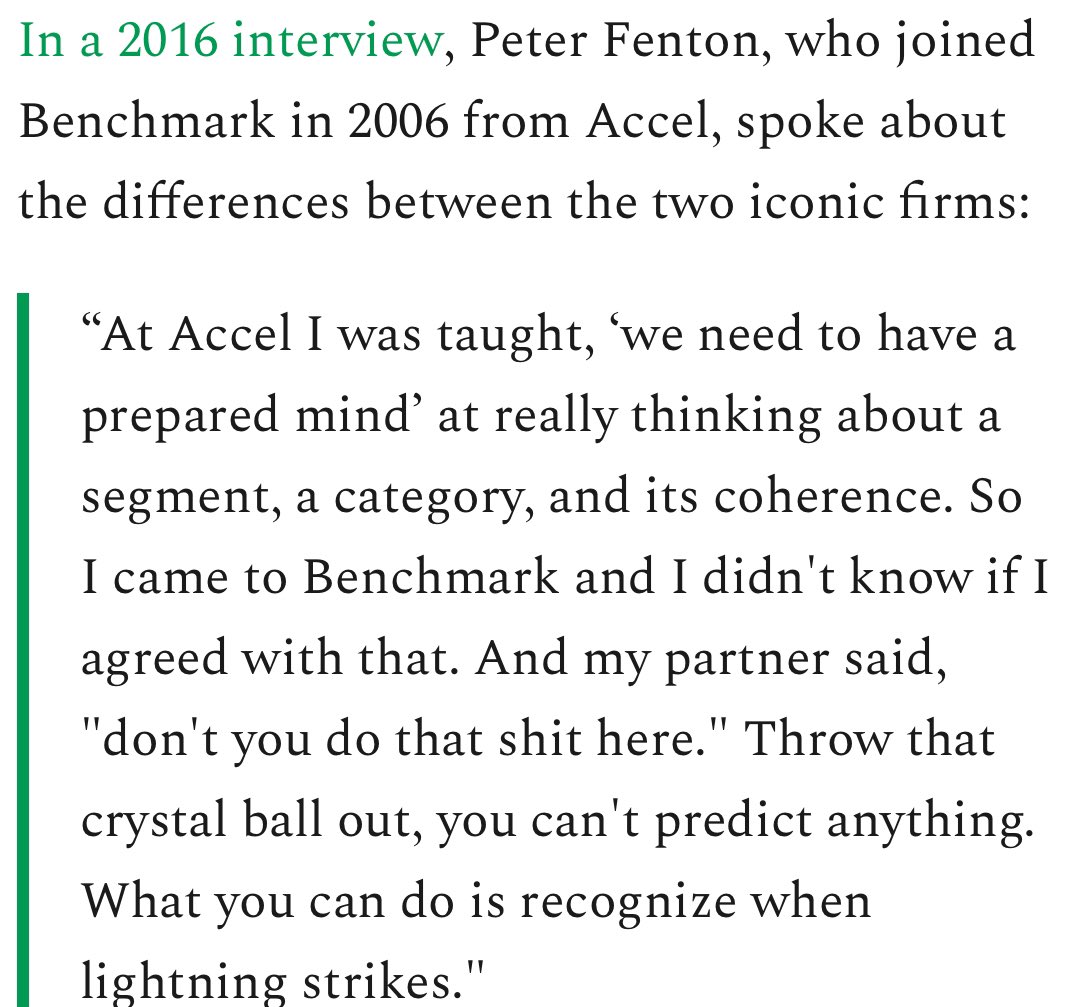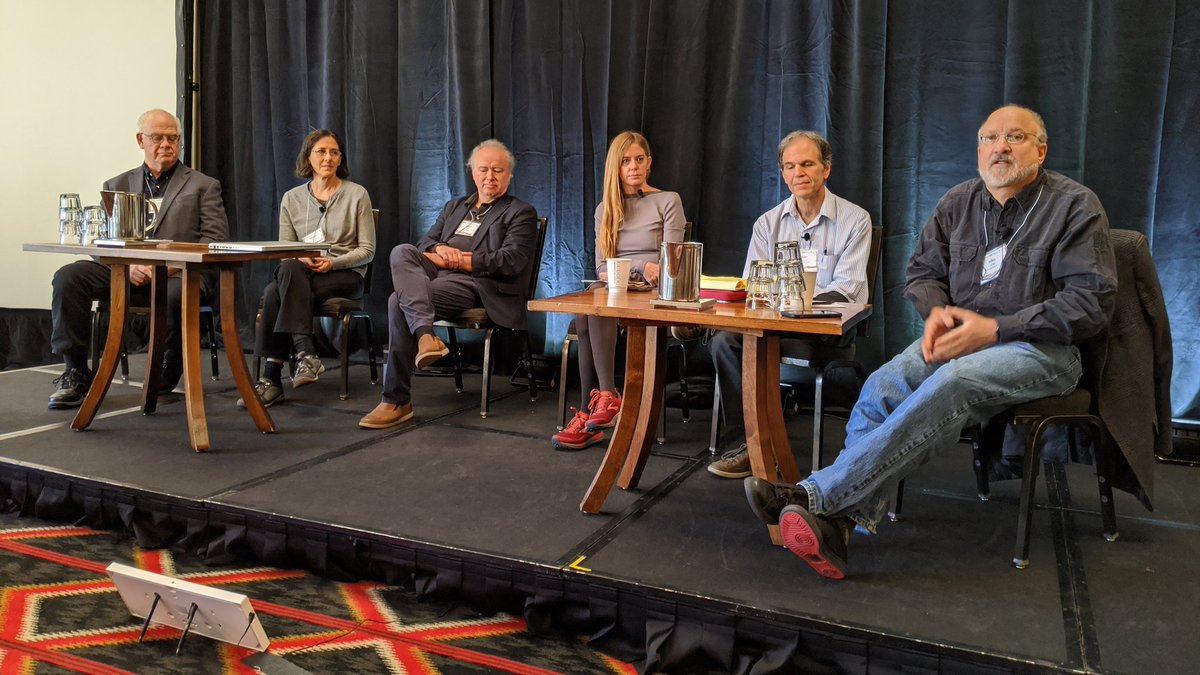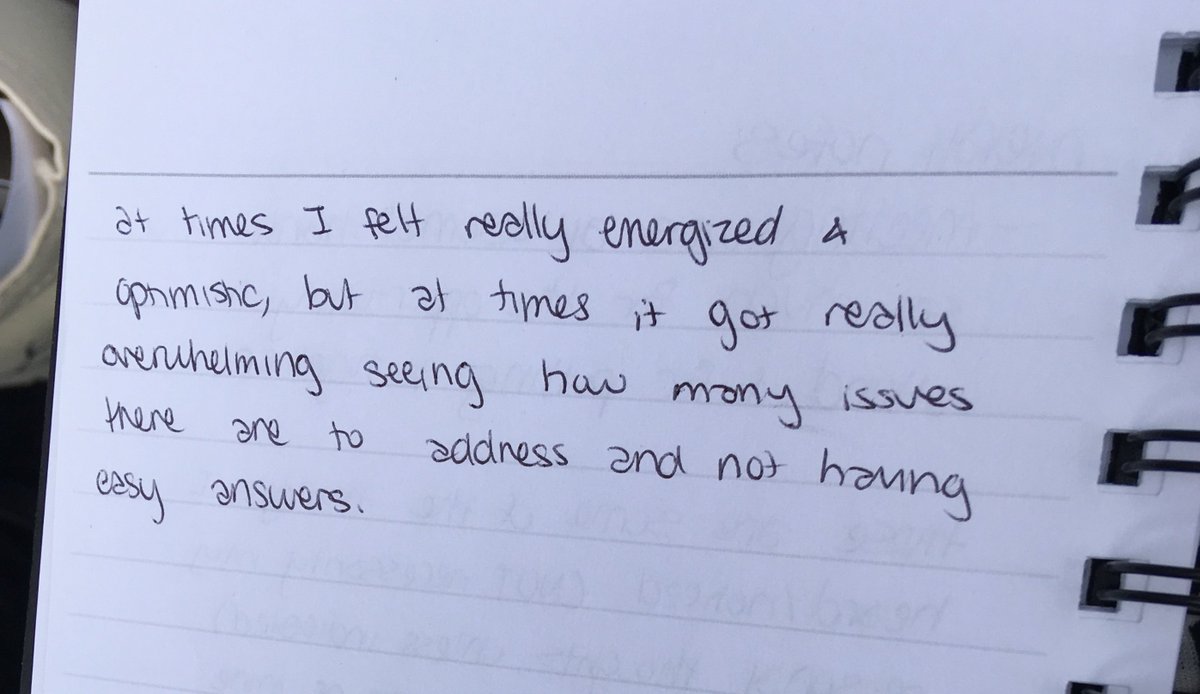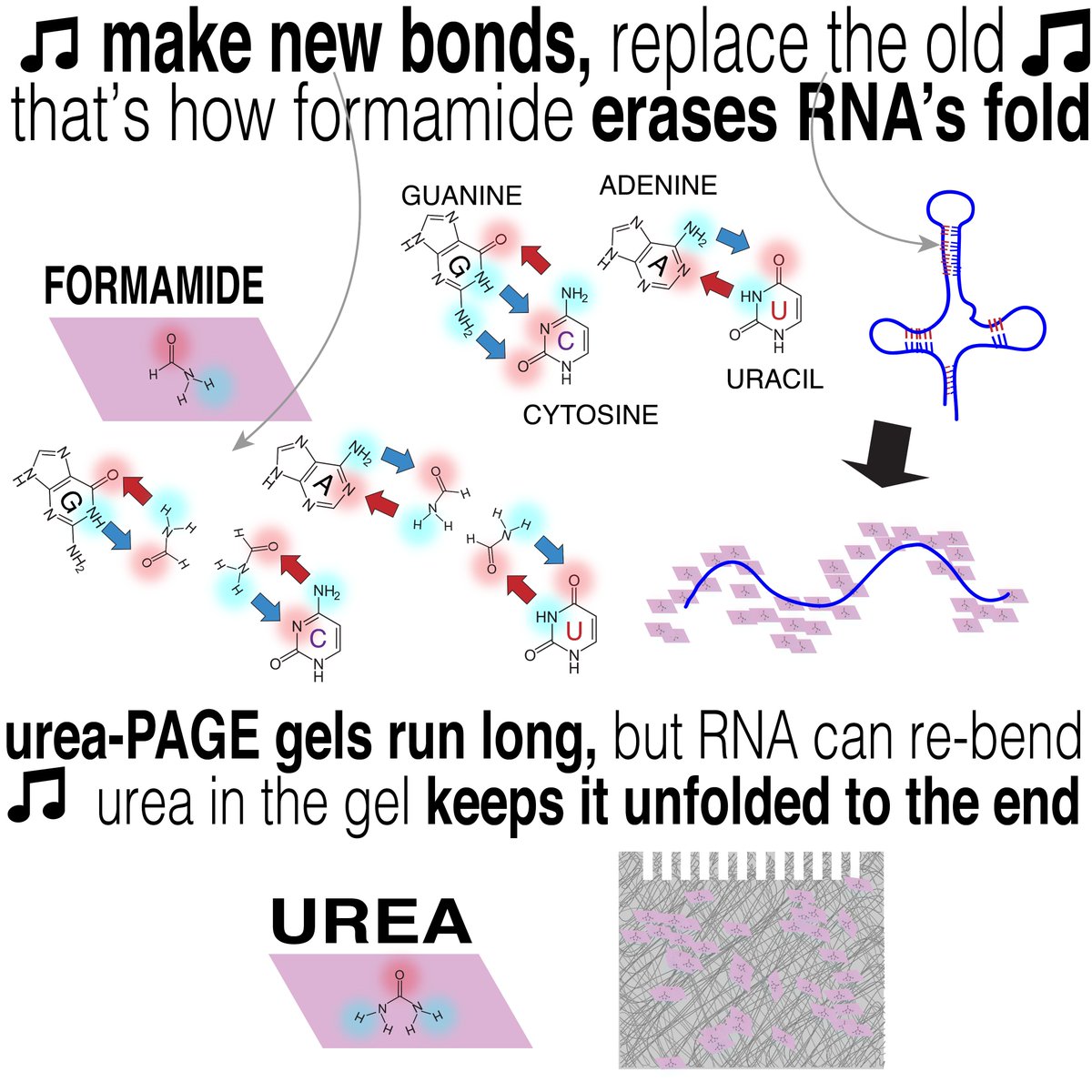*GOOD games. A lot of bad games are just puzzles! Or worse, Candyland!
nonstoptabletop.com/blog/2017/7/30…
Keep Current with Nathan Schreiber (@science_ninjas)
This Thread may be Removed Anytime!
Twitter may remove this content at anytime, convert it as a PDF, save and print for later use!

1) Follow Thread Reader App on Twitter so you can easily mention us!
2) Go to a Twitter thread (series of Tweets by the same owner) and mention us with a keyword "unroll"
@threadreaderapp unroll
You can practice here first or read more on our help page!








